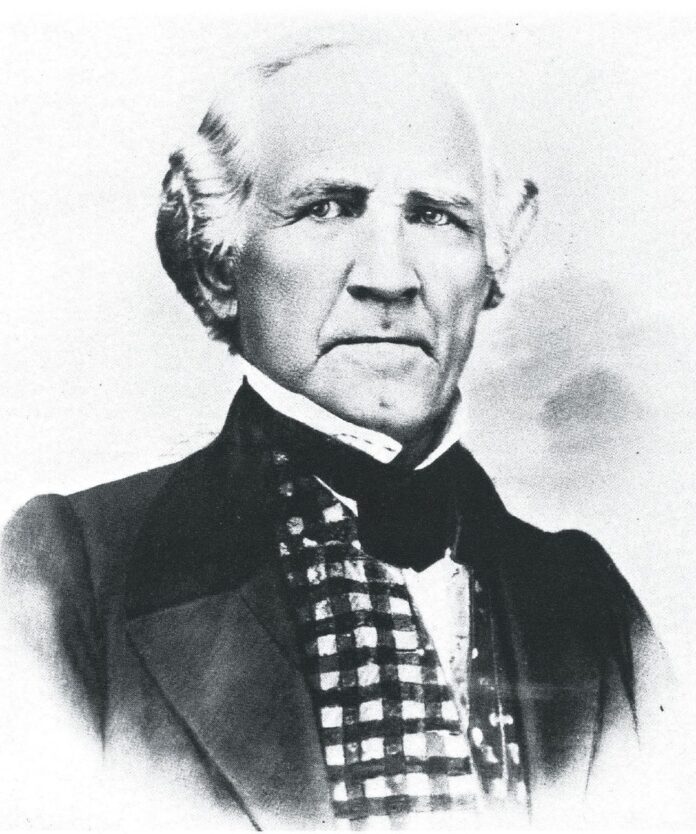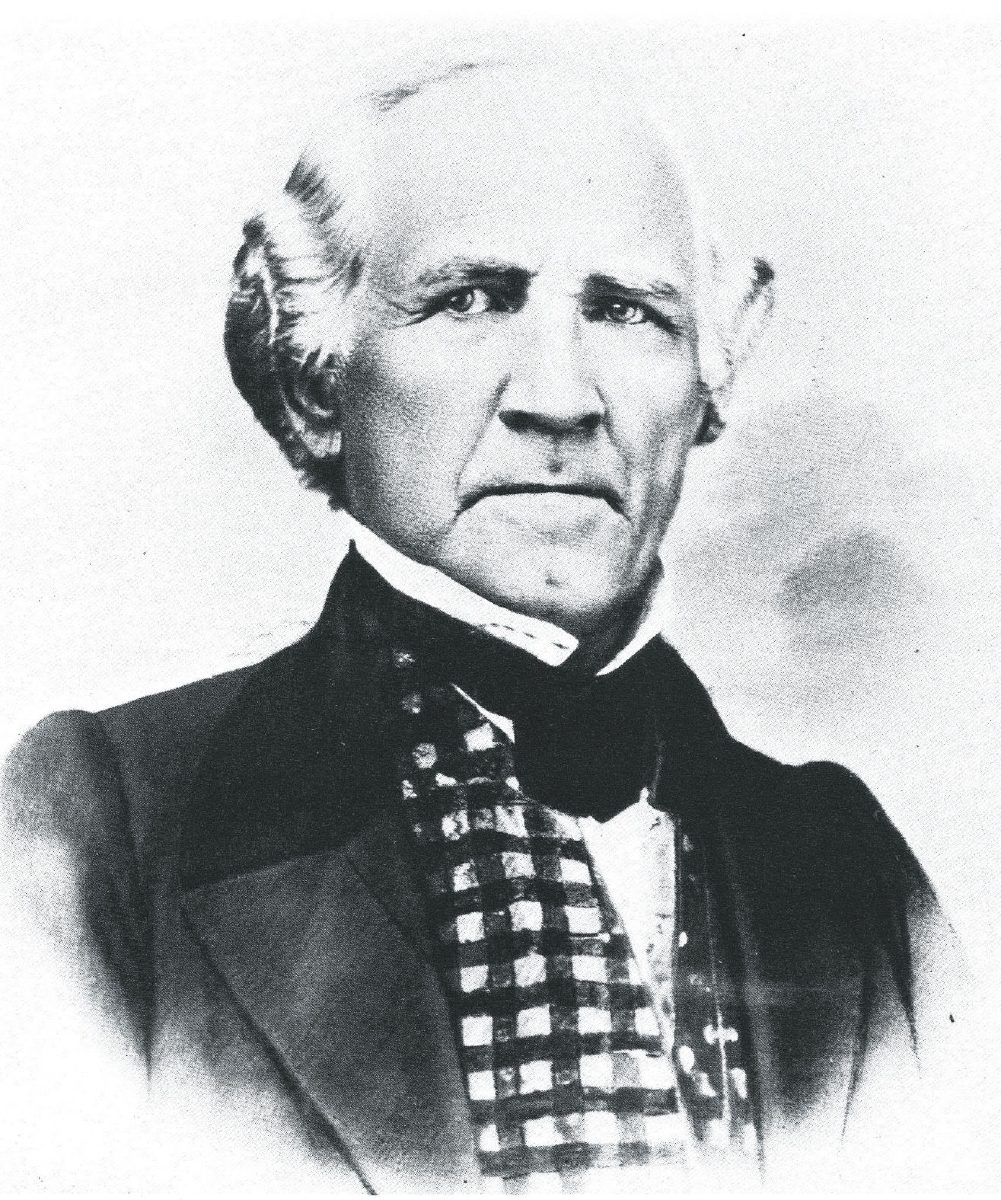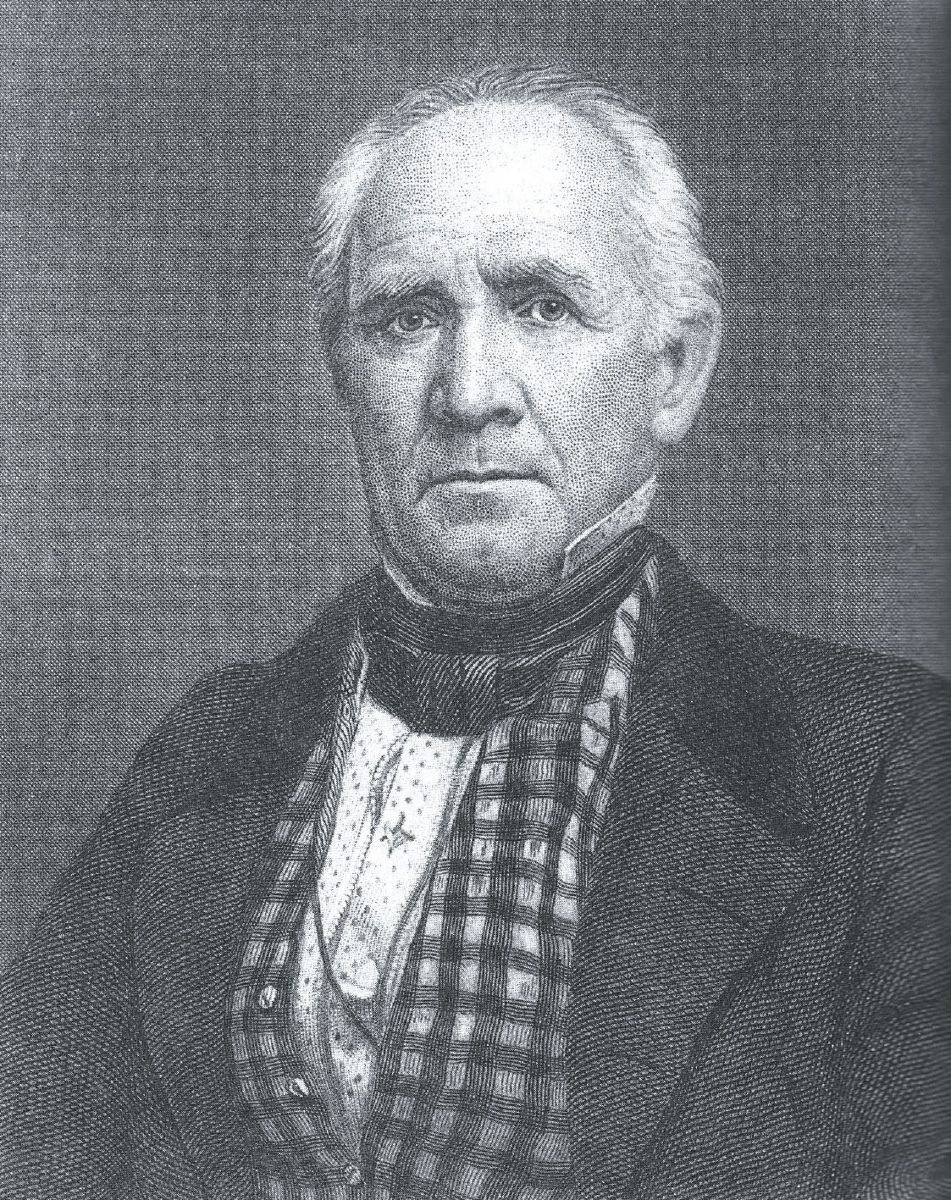BY NORMAN ROZEFF
Texas has more than its share of colorful characters, but none have ever been more colorful than Sam Houston. Even before coming to Texas his fame preceded him.
Born in rural Virginia on March 2, 1793, the fifth son and fifth child (together with three sisters to follow) of Samuel and Elizabeth (Paxton) Houston, who were of Scots-Irish heritage and were Presbyterians. He moved to Maryville, Tennessee, as a boy. As commonly occurred at the time his formal education was very scanty, in his case only six months of school.
When his father died when Sam was 13, the whole family picked up and moved to a farm near Maryville in Eastern Tennessee. Sam, for a time, attended an academy here and was able to further his formal education for several years. At age 15 the rebellious teenager refused his taskmaster brothers efforts to make him work on the farm and family store, for he had taken a strong dislike to menial work after working in a store.
He ran off and joined the Cherokee Indian tribe living across the Tennessee River. During the three years that he lived with this band he came under the tutelage of Chief Oolooteca who adopted him as a citizen (and into which he married) and gave him the Indian name Colonneh which translates “the Raven.”
From this period on Sam would hold a special place in his heart for Indians.
From the Handbook of Texas Online we learn:
“At age eighteen he left the Cherokees to set up a school, so that he could earn money to repay debts. After war broke out with the British, he joined the United States Army as a twenty-year-old private, on March 24, 1813. Within four months he received a promotion to ensign of the infantry; in late December he was given a commission as a third lieutenant.
As part of Andrew Jackson’s army, he fought at the battle of Horseshoe Bend on the Tallapoosa River on March 26, 1814. During the engagement he received three near-fatal wounds. One of them, from a rifle ball in his right shoulder, never completely healed. For his valor at Horseshoe Bend, Houston won the attention of General Jackson, who thereafter became his benefactor. Houston, in return, revered Jackson and became a staunch Jacksonian Democrat.
“While convalescing, he was promoted to second lieutenant and traveled extensively — to Washington, New Orleans, New York, and points between. While stationed in Nashville, he was detailed in late 1817 as sub-Indian agent to the Cherokees. In that capacity, he assisted Oolooteka and his clan in their removal to Indian Territory west of the Mississippi River, as stipulated by the Treaty of 1816.
“Houston, by then first lieutenant, resigned from the army on March 1, 1818, and shortly thereafter from his position as sub-agent, following difficulties with Secretary of War John C. Calhoun.”
Houston studied law for a short time, then entered politics after being elected district attorney in the Nashville District in October 1818.
Because of his military experience he was appointed adjutant general of Tennessee and elected major general in 1821.
His imposing height coupled with his magnetic personality and capacity for leadership were a natural for the political arena. His flamboyant dress added to his mystique. He was elected to Congress without opposition in 1823, winning reelection in 1825.
Next, in 1827, he was elected governor of Tennessee in a easy victory.
Houston married 18 year old Eliza Allen in January 1829. This union was short-lived, and she returned home to her parents after several months had elapsed.
Houston’s next actions were to change the course of history. He resigned the governorship and returned to his Cherokee friends, soon taking an Indian wife named Tiana Rogers.
For the next six years he operated a trading post but made periodic trips to Washington as an ambassador for the Indians.
The blue-eyed Houston was 6-feet, 2 inches tall with a large head and possessed a deep voice which he spoke deliberately and dignified. He bore himself erect, dignified, and especially gracefully and refined in the presence of women. He did, however, dress eccentrically, sometimes wearing a soft broad brimmed fur hat and a Mexican blanket. He was a fine whistler.
Houston heard the independence talk taking place in Texas and was soon in that preserve of Mexico. In November 1835 he was elected major general of the Texas army, and after being one of the signers of the Texas declaration of independence, he was elected commander in chief of the Texas army, taking command on March 11, 1836.
Out-manned and out-gunned by the superior forces of General Santa Ana, Houston had little choice but to strategically retreat in the face of the enemy’s large army. A minor miracle then took place at San Jacinto on April 21, 1896. Mounting an early morning surprise attack on the Mexican forces, Houston, in the course of 15 minutes, overwhelmed it with minor casualties to his own troops. Badly wounded, however, in the battle, Houston traveled to New Orleans for surgery on his ankle.
When he returned by October the took the oath of office as the first president of the Republic of Texas.
Not being able by law to succeed himself, the ever-restless Houston, in May 1840, found himself a 20 year old wife, Mary Lea of Alabama. Once again elected president in late 1841, Houston proceded to cut government expenditures and repair his successor’s antagonistic policies toward the Indians. After his term ended as president and Texas had been admitted to the Union, Houston was elected to the United States Senate where he served nearly 14 years.
Once again elected to serve Texas, Houston was elected its governor in late 1859. His term was short-lived however for Texas seceded from the Union on March 2, 1861. Houston refused to take the oath of allegiance to the Confederacy and firmly believed that secession was a mistake.
Because of this his office was declared vacant. Retiring to his farm at Huntsville, Houston experienced health issues and was to die there on July 26, 1863 at age 70. He was survived by his wife and eight children. He had been as one historian put it, “a complicated individual whose life mirrored his multi-layered personality.”







